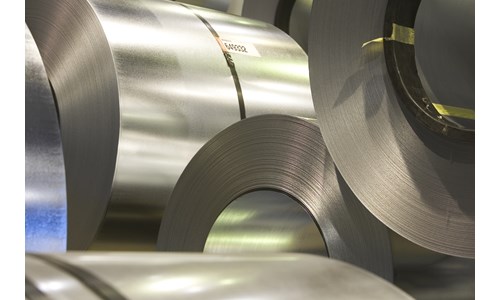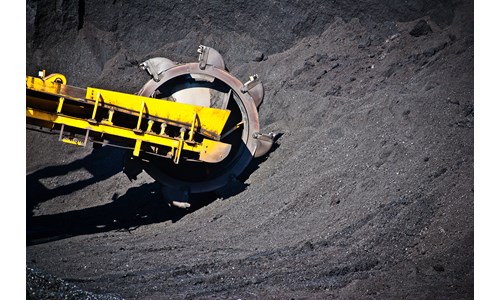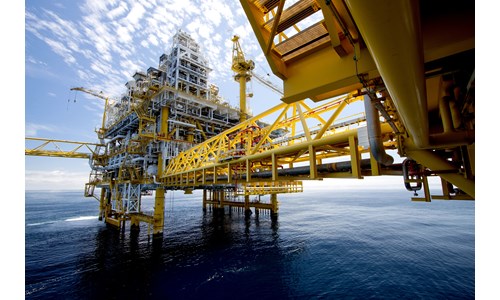Subsidies, tax incentives, and the grey area in between
*Please note that this report only includes an Excel data file if this is indicated in "What's included" below
Report summary
Table of contents
- Executive summary
- Defining subsidy
- A direct transfer of funds: the traditional ‘subsidy’
- Direct transfer of funds is not always a subsidy
- Late-life considerations
- Liability transfer: lack of emission taxes a subsidy?
- Forgone government revenue: when is it forgone?
- Forgone revenue: taxation opportunity costs
- Clarifying the use of ‘subsidy’ frames our discussion
Tables and charts
This report includes the following images and tables:
- Canada project life taxes
- Canada project late-life taxes
- Intangible drilling costs shift tax cash flows (example project)
- Largest US energy and depreciation-related tax preferences
- Selected sovereign 10-year bond yields
- Minimum state share and recent commercial offshore discoveries
- Progressivity of government share under different fiscal structures
What's included
This report contains:
Other reports you may be interested in
Caber zinc mine project
A detailed analysis of the Caber zinc mine project.
$2,250Khnaiguiyah zinc mine project
A detailed analysis of the Khnaiguiyah zinc mine project.
$2,250Bahuerachi zinc mine project
A detailed analysis of the Bahuerachi zinc mine project.
$2,250














